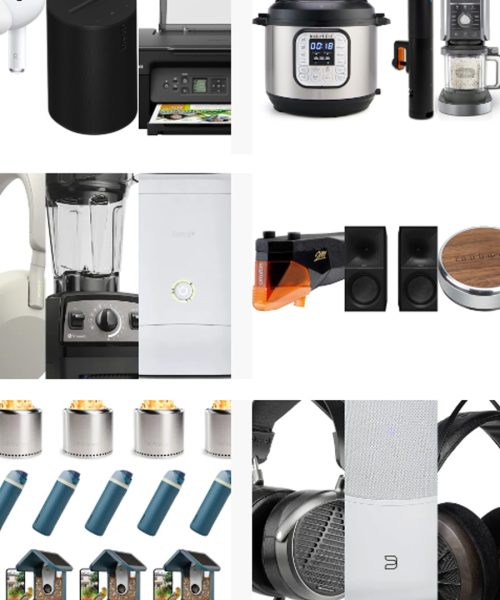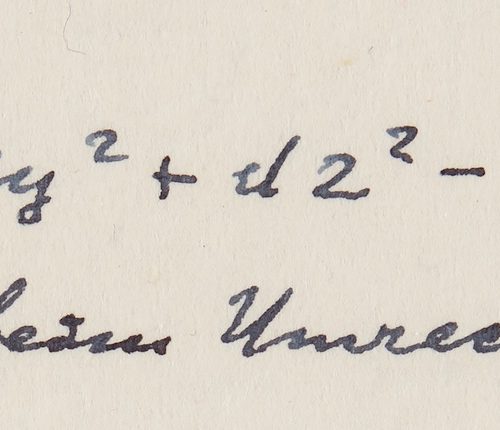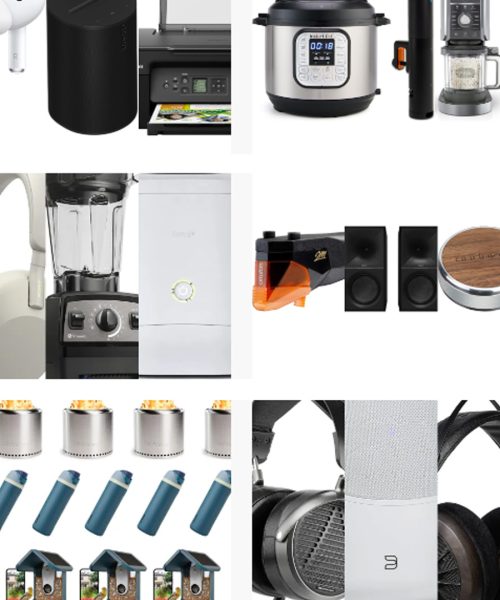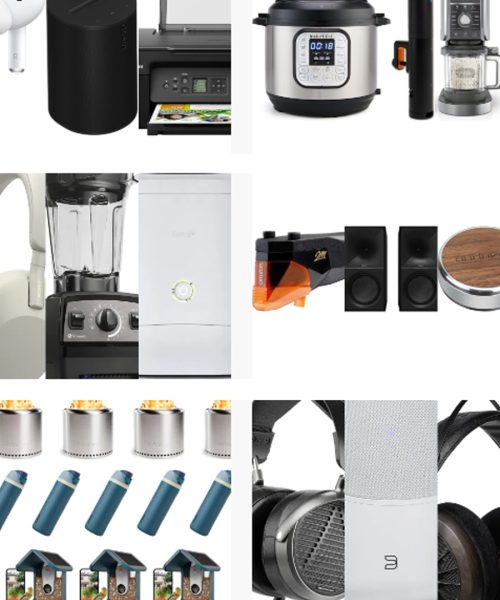Brewing coffee is a part of many people’s mundane, everyday routines. But you don’t necessarily need to pay exorbitant prices for premium roasts if you want to improve what’s in your cup. Sometimes, all that’s required is a basic understanding of the pour-over method’s interplay between molecular chemistry, physics, and fluid dynamics. Don’t worry—it’s not as complex as it sounds. At least, not according to a study published by University of Pennsylvania researchers on April 8 in Physics of Fluids.
To better understand the microscopic interactions and internal dynamics that occur during pour-over brewing, the team first swapped opaque coffee grounds for silica gel particles inside a glass cone. They then used a laser sheet and a high-speed camera to capture in detail how fine-grained materials like ground coffee respond to water poured from a standard gooseneck kettle at various heights and strengths.
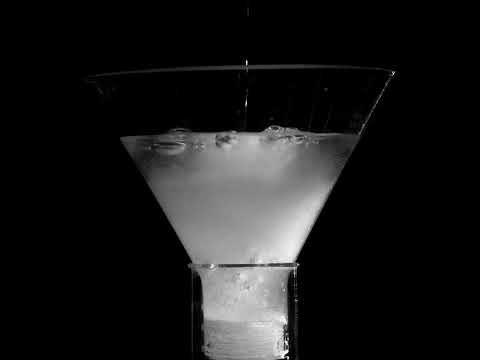
It soon became clear that the best pour-over coffee requires generating an avalanche effect in the grains—an outcome best achieved by a combination of height and intensity.
“What we recommend is making the pour height as high as possible, while still maintaining a laminar flow, where the jet doesn’t break up when it impacts the coffee grinds,” study co-author Ernest Park explained in a statement.
Pouring a steady stream at a greater height allows grounds to displace and recirculate as the water pushes deeper into the coffee bed. The study authors also noted that although this method often produces a layer of floating grains on top of the water, the effect doesn’t “significantly impact” the mixing. But what can negatively affect brewing is when water hits the grounds is too thin or has a weak jet.
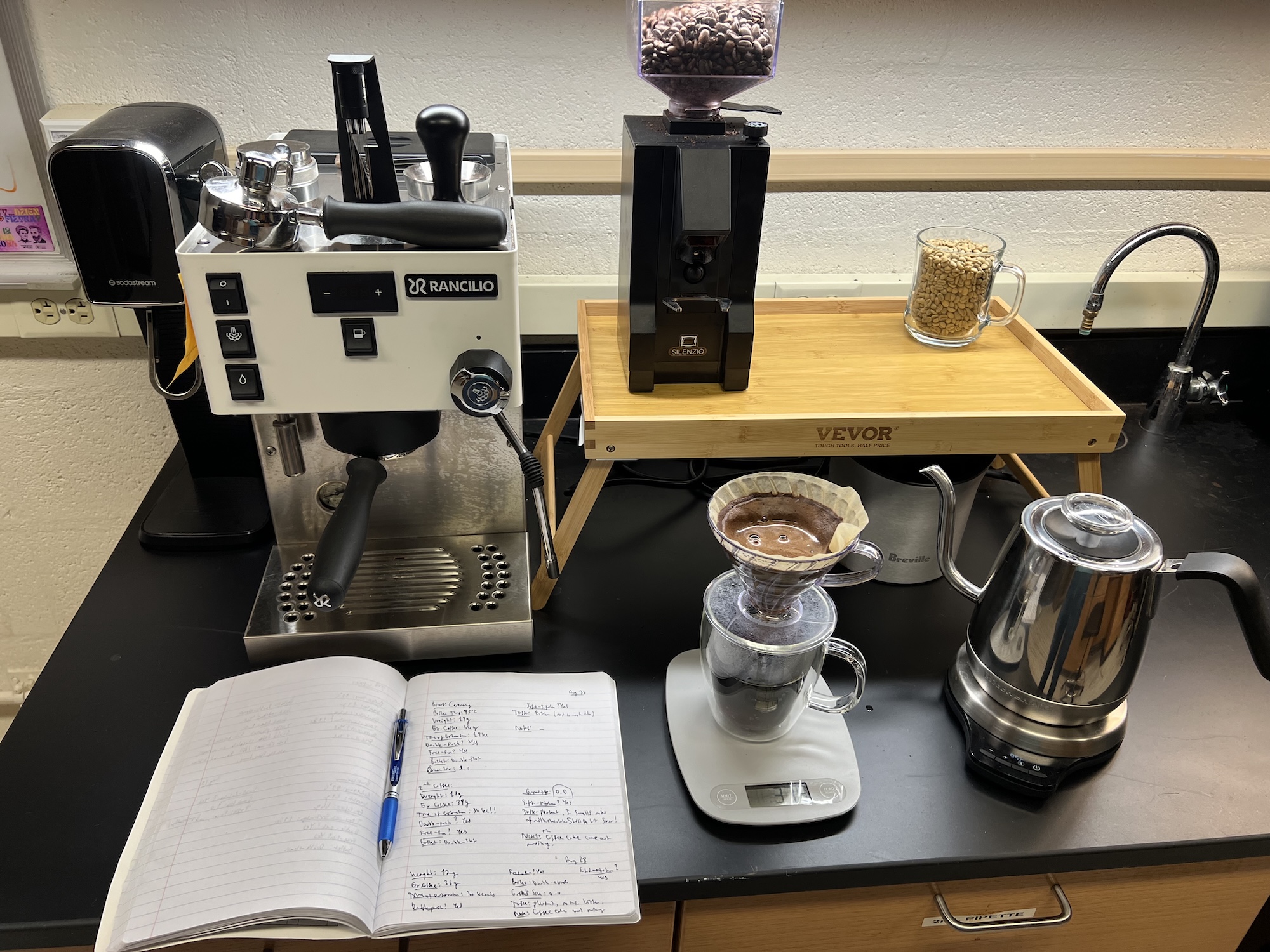
“If you have a thin jet, then it tends to break up into droplets. That’s what you want to avoid in these pour-overs, because that means the jet cannot mix the coffee grounds effectively,” added co-author Margot Young.
“Together, these results indicate that the extraction of the coffee can be tuned by prolonging the mixing time with slower but more effective pours using avalanche dynamics,” the team summarizes in their study.
Adopting this strategy won’t only improve your cup of coffee—it’s the more environmentally responsible thing to do. Humans consume tens of billions of pounds of coffee every year, but the overall industry simply isn’t sustainable at its current rate. Climate change already endangers huge portions of global coffee cultivation, particularly in regions like Ethiopia and Brazil. Science-backed brewing like Park and Young’s pour-over method not only makes a more flavorful and enjoyable coffee, but does so using fewer beans.
“Instead of increasing the amount of beans, the sensory profile and the strength of the beverage can be adjusted by varying the flow rate and the pour height,” they write. “In this way, the extraction efficiency could be better controlled to help alleviate the demand on coffee beans worldwide.”



